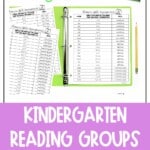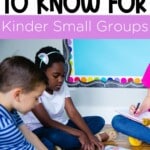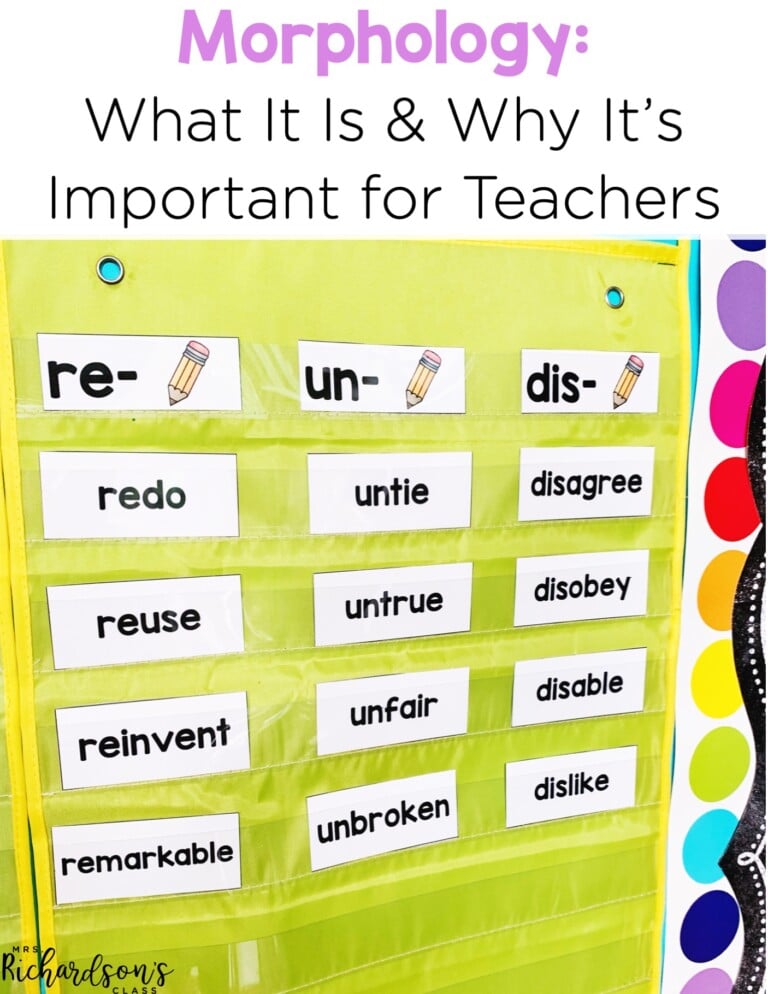

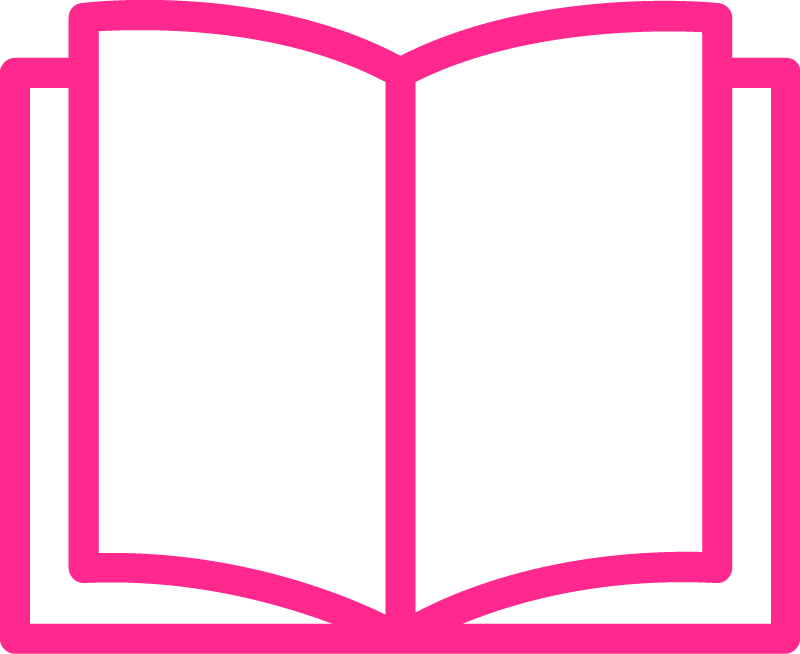
A Kindergarten schedule is always jam-packed. I know it felt this way in first grade, too, but it was just a different level of “jam-packed” in Kindergarten. Not only are you constantly teaching them how to do school, but you also have so many core curriculum pieces to squeeze in. Among them were kindergarten reading small groups.
If there was one thing I did not like to skip or miss out on, it was my kindergarten reading small groups. But let me be honest, it took A LOT of planning and prepping before they were able to run smoothly. I spent my first semester of teaching floundering around, trying to figure out how to best make them happen. Once I found my rhythm, Kindergarten reading small groups quickly became my favorite part of the day!
I want to help make kindergarten reading small groups as easy as can be for you! Here is everything you need to know, step-by-step!
You may be thinking, “Wait, I thought this was all about my kindergarten small groups, not literacy centers!” You are right! But in order for you to have uninterrupted time with your kindergarten readers, you need the other students engaged in meaningful activities for at least 15-20 minutes at a time.
Setting up centers is not a walk in the park, but it’s also not difficult. They take time, and they take thought. If you want to learn more about how I set up literacy centers in my classroom, you can head to this blog post!
Remember, “go slow to go fast!” They take time to introduce and they are WELL WORTH IT, my friend!
As you slowly introduce literacy centers, you will be able to start pulling kids one-on-one to do some reading assessments. You need data so you can form your groups. Some things you may want to know are:
To help make this easier for you, I have a FREE Reading Assessment Kit that you can use to help figure some of these things out.
I also have a FREE data tracking sheet that you can use to gather all of the necessary information.
Now that you have your data gathered start looking for commonalities in the data.
Do you have kids who can decode CVC words, but haven’t mastered CVCe? Great! They can be a group, and you can focus on CVCe words.
Do you have a group that struggles with rhyming and basic letter sounds? Awesome! Put them together! Have kids who are ready for more complex phonics patterns? Perfect! Put them together!
Remember, gone are the days of grouping kids by reading levels. We want to hang on to grouping kids by reading abilities.
The goal is not to have more than 6 groups. Some students may fit into more than 1 group–that’s okay! Your groups are fluid and flexible. You don’t have to wait until a certain time to move students around. As students master different skills, move them to a new group! If they are struggling with another concept, move them to a new group that is working on that concept.
Grab a FREE Group planning page and schedule HERE.
Everyone can be in a group! Yes, even your pre-readers! So be sure to find a place for everyone. Sometimes, this means you have a group of 5 students and a group of 2 students. Just roll with it! The groups will change as you work on skills!
Now that you know what skills your students need to work on, it’s time to plan your reading small group lesson.
First, you’ll want to know what needs to be included in a reading small group lesson. If you’d like to take a look at a planned lesson, check out this FREE lesson I have! It walks you through every step, from explicit phonics instruction to comprehension questions, using a quality decodable reader.
Many times, kindergartners aren’t quite ready for a full small group lesson as they are still gaining lots of skills to learn to read. For them, you’ll want to follow this plan HERE.
You now have everything you need to get started with your groups! I know you may feel nervous as you are jumping in, but just remember–there is no perfect teacher! There are no perfect students! You do the best you can, keep learning along the way, and make adjustments as needed. You can do it!!
If you are ready to dive into your kindergarten reading small groups and want everything you need for your lessons at your fingertips, teachers and students are LOVING these decodable readers and lesson sets.
No matter where you are in your teaching journey, it’s never too late to start small group instruction. All kids will ALWAYS benefit from purposeful instruction within kindergarten reading small groups.
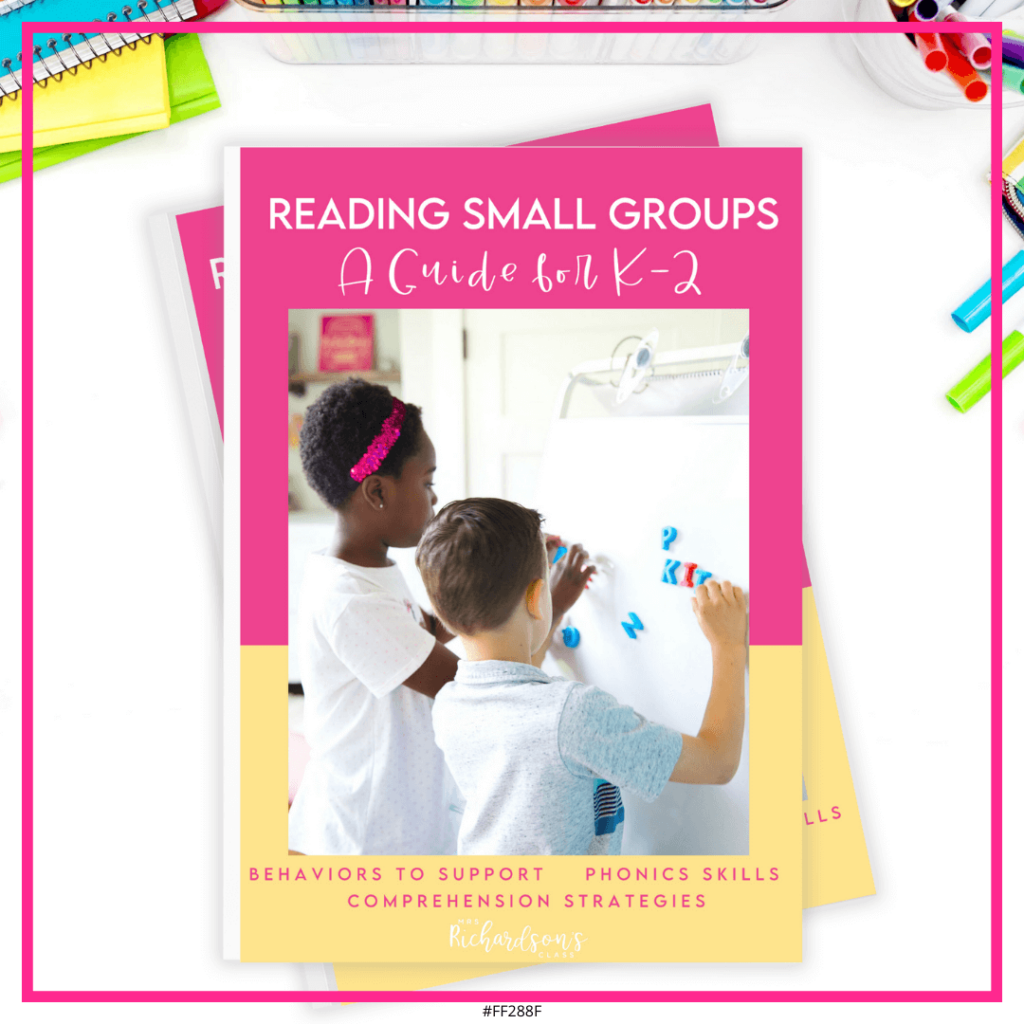
Want to use the latest research to boost your readers during small groups? This FREE guide is packed with engaging ideas to help them grow!
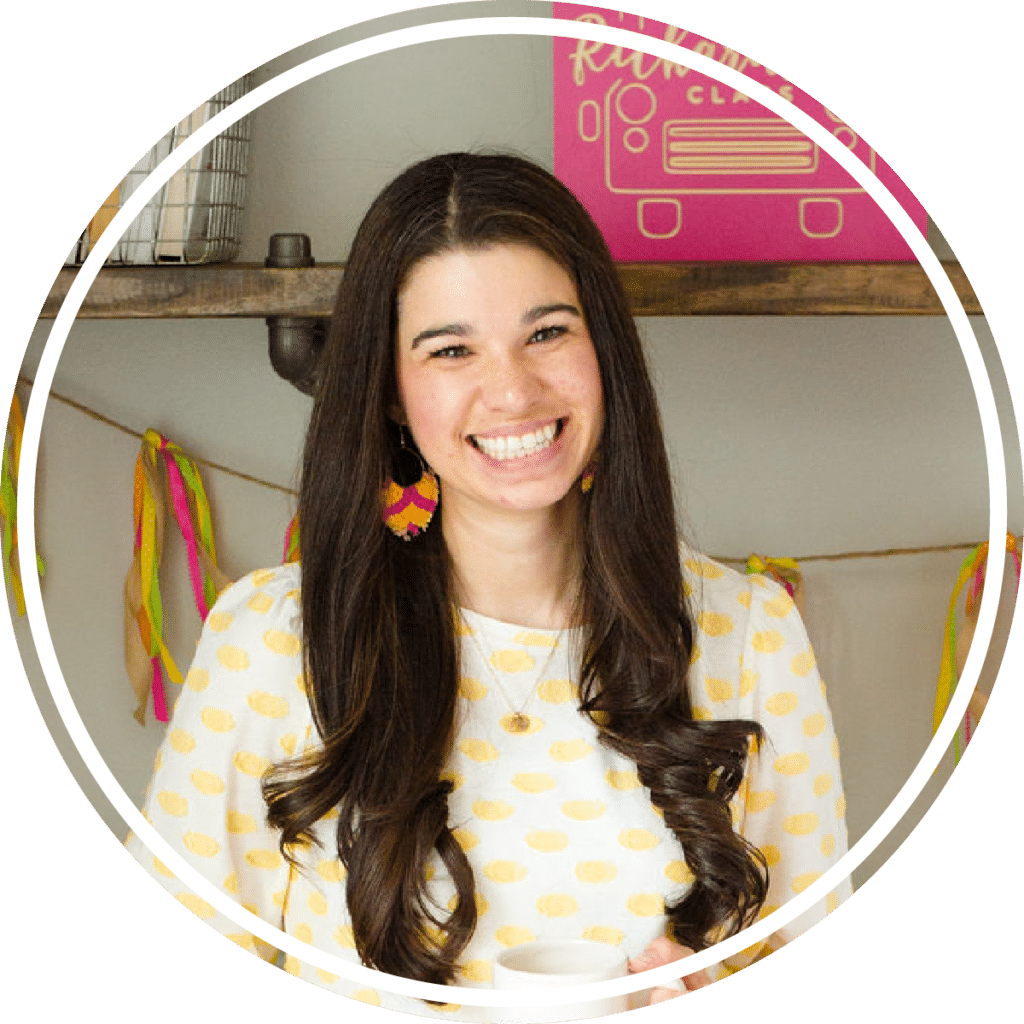
I’m a K-1 teacher who is passionate about making lessons your students love and that are easy to implement for teachers. Helping teachers like you navigate their way through their literacy block brings me great joy. I am a lifelong learner who loves staying on top of current literacy learning and practices. Here, you’ll find the tools you need to move your K-2 students forward!
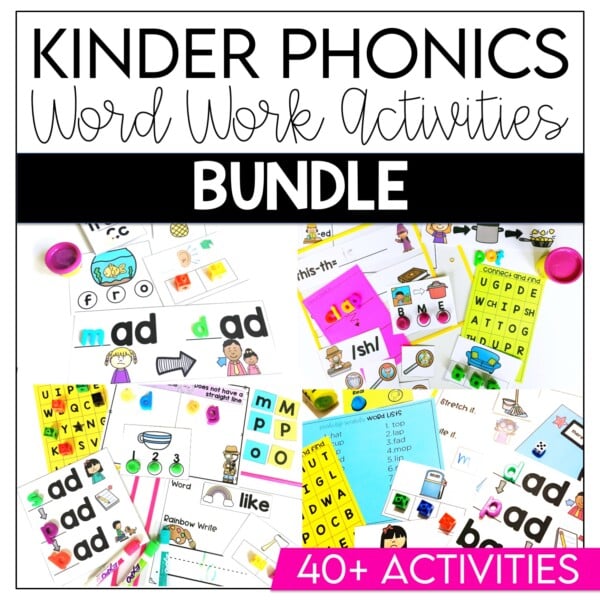
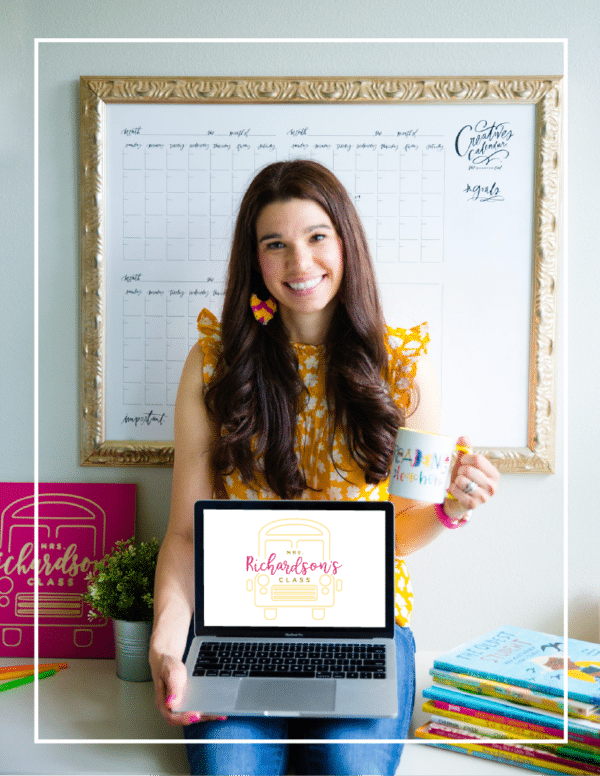
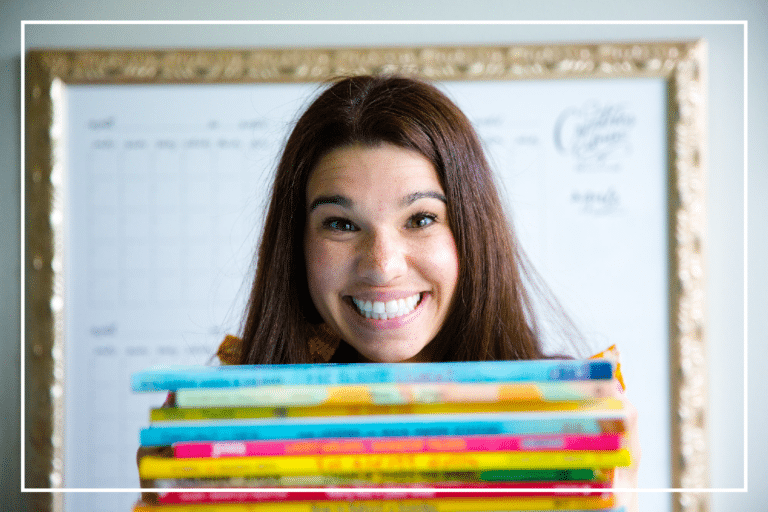
| Cookie | Duration | Description |
|---|---|---|
| cookielawinfo-checkbox-analytics | 11 months | This cookie is set by GDPR Cookie Consent plugin. The cookie is used to store the user consent for the cookies in the category "Analytics". |
| cookielawinfo-checkbox-functional | 11 months | The cookie is set by GDPR cookie consent to record the user consent for the cookies in the category "Functional". |
| cookielawinfo-checkbox-necessary | 11 months | This cookie is set by GDPR Cookie Consent plugin. The cookies is used to store the user consent for the cookies in the category "Necessary". |
| cookielawinfo-checkbox-others | 11 months | This cookie is set by GDPR Cookie Consent plugin. The cookie is used to store the user consent for the cookies in the category "Other. |
| cookielawinfo-checkbox-performance | 11 months | This cookie is set by GDPR Cookie Consent plugin. The cookie is used to store the user consent for the cookies in the category "Performance". |
| viewed_cookie_policy | 11 months | The cookie is set by the GDPR Cookie Consent plugin and is used to store whether or not user has consented to the use of cookies. It does not store any personal data. |
